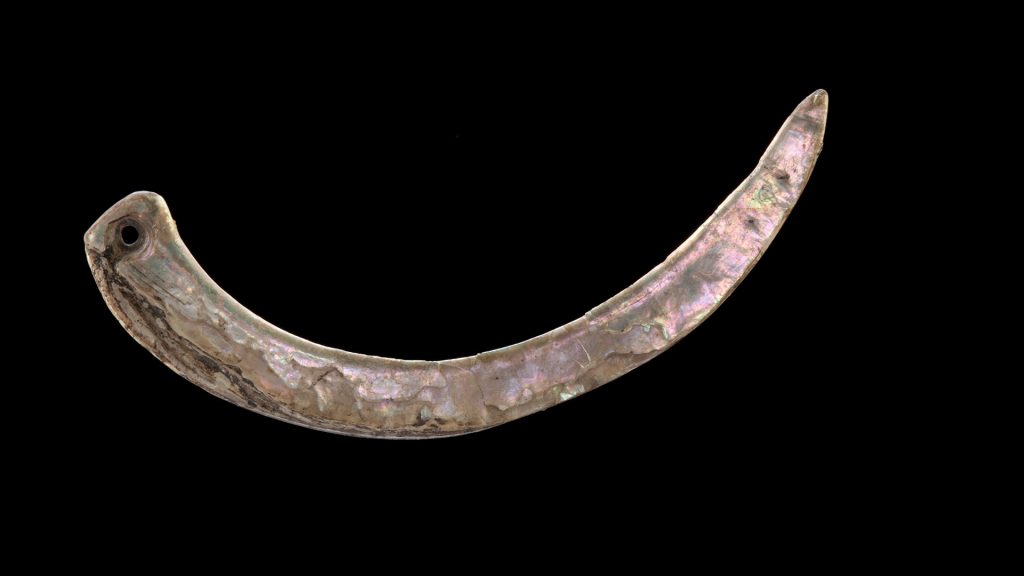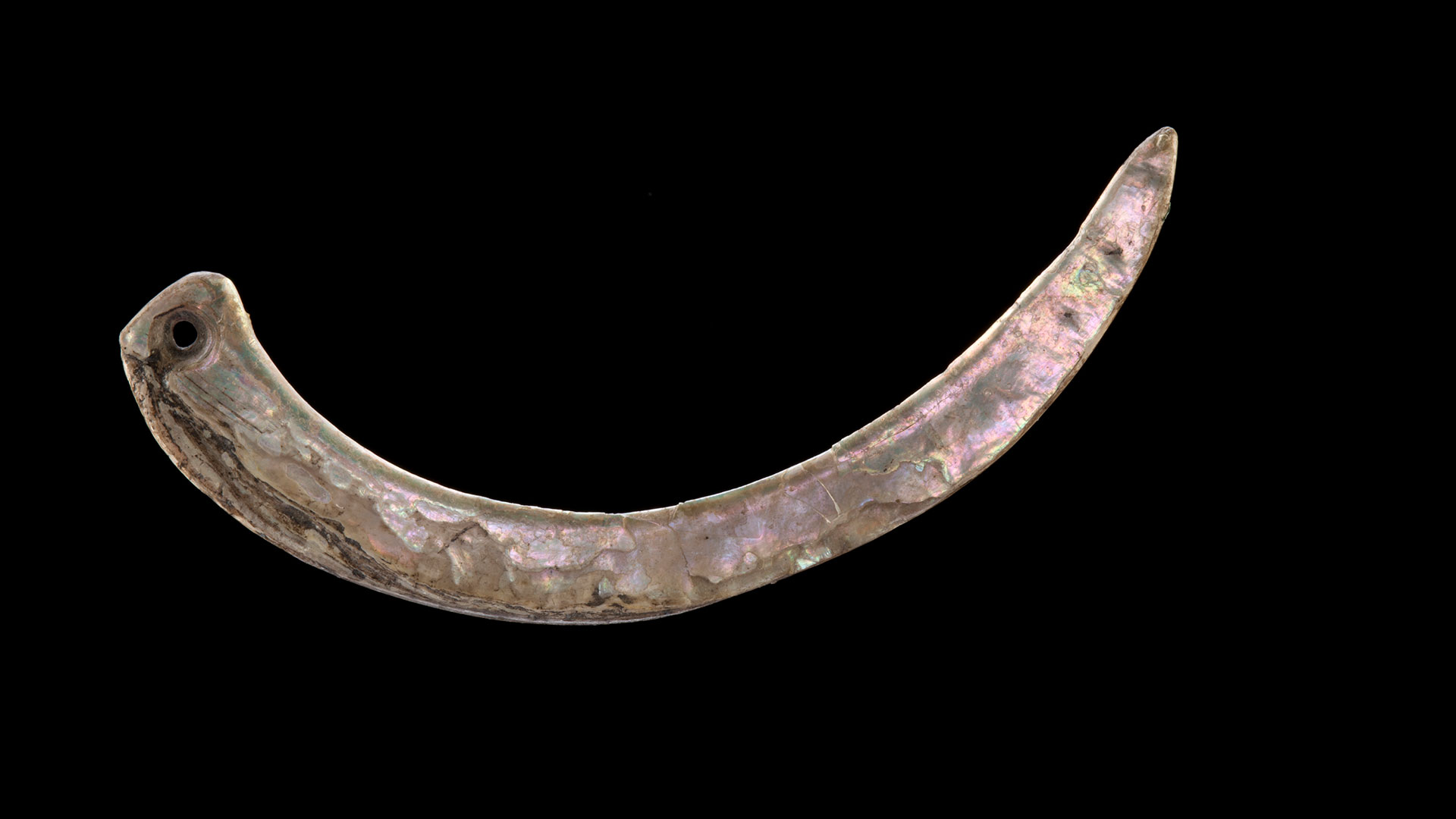
The Ohlone Artist Who Revived Traditional Rumsen Basket Weaving

**Reviving a Forgotten Craft: Linda Yamane and the Legacy of Ohlone Basketry**
For much of her early life, Linda Yamane, an Ohlone artist, historian, and basket weaver, believed that fine Ohlone coil basketry had all but disappeared from the world. Born as a member of the *Rumsen Ohlone Tribal Community*, indigenous to the Monterey Bay and surrounding areas of Northern California, Yamane now stands as one of the few remaining practitioners of this intricate craft. Her path into the world of basketry is a remarkable journey of rediscovery, self-teaching, and cultural revival, a testament to the resilience of Indigenous traditions.
### A Cultural Awakening
Yamane’s basketry journey began while she was a Master’s student at San Jose State University, although her focus at the time was elsewhere. During her studies, a poster featuring Ohlone baskets caught her attention, opening a door to a craft and cultural practice she never knew existed within her community. The poster listed the institutions that housed these baskets, sparking a fire in Yamane’s curiosity. Four decades later, she has not only mastered Ohlone basket weaving but has also become a critical figure in its revival.
Yamane, who resides in Seaside, California, undertook the mammoth task of reviving a practice that had remained dormant for over a century. Focusing on *fine coil basketry*—a form of weaving that had been practiced by her ancestors—Yamane spent years studying the existing baskets scattered in museums worldwide. Her dedication and craftsmanship are significant since the intricate art form was near extinction, with only about two dozen Ohlone baskets surviving in museum collections.
### A Journey of Rediscovery
The process of learning and perfecting Ohlone basket weaving was far from simple. Yamane traveled extensively to study the rare baskets that had survived time and colonization. She examined Ohlone baskets housed at the American Museum of Natural History in New York, the British Museum in London, and the Musée du Quai Branly in Paris, among others. Each basket held secrets—techniques, materials, and patterns—that Yamane painstakingly analyzed and practiced.
“There were a lot of technical innuendos and details that I needed to try to figure out,” Yamane recalls. These technicalities were crucial as basket making includes hundreds of small, complex details that define the intricacy and cultural significance of the craft.
### The Reconnection with Nature
Making Ohlone baskets requires not just knowledge of weaving patterns, but an intimate connection with the land. Yamane harvests the plants critical for the weaving process herself, particularly willow and sedge. The delicate nature of this craft intertwines with environmental sustainability, which Yamane acknowledges is jeopardized by climate change.
“We rely upon the land and the health of the land,” Yamane says, underscoring the impact of environmental changes on her work. As Indigenous art is closely tied to natural resources, the depletion of plant species threatens not only cultural and artistic practices but also Indigenous identity. However, Yamane’s work helps to reintroduce these practices into the community, emphasizing the importance of environmental stewardship and cultural continuity.
### A Testament to Cultural Resilience
Fast forward to today, and Yamane has not only revived the craft but has also doubled the number of existing Ohlone baskets in the world. One of her baskets, commissioned by the Oakland Museum of California, required an astounding 20,000 stitches, 1,200 handcrafted beads, and thousands of feathers. This basket, completed in a ceremonial style that had not been made in 250 years, stands as a remarkable symbol of Ohlone cultural persistence and meticulous artistry.
Yamane describes her process of coiled basketry as both labor-intensive and detailed. “Coiled baskets start out with a tiny, tight coil of material in the center,” she explains. “You poke a hole with an awl, push your weaving material through, and pull the stitch through. And then you do that over and over again.”
The baskets created by Yamane are not just museum pieces—they are testaments to her people’s resilience. “It is important to bring the baskets back into the world, back into our community, not only to have them as tangible proof of our culture, but also to put them into use, to have them not be rare,” Yamane asserts.
### Beyond Basketry: Language and Culture
Basketry is just one wing of Yamane’s multifaceted work to rejuvenate the Rumsen Ohlone culture. Around the same time she began teaching herself basketry, Yamane also uncovered sources for the Rumsen language, which had not been fluently spoken for 85 years. Through painstaking research, she compiled a dictionary of the Rumsen language, a precious resource she now shares with individual community members. Yamane is currently working on an updated version